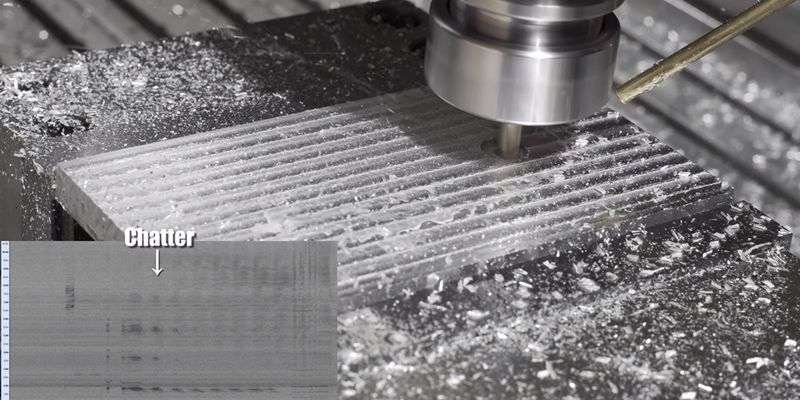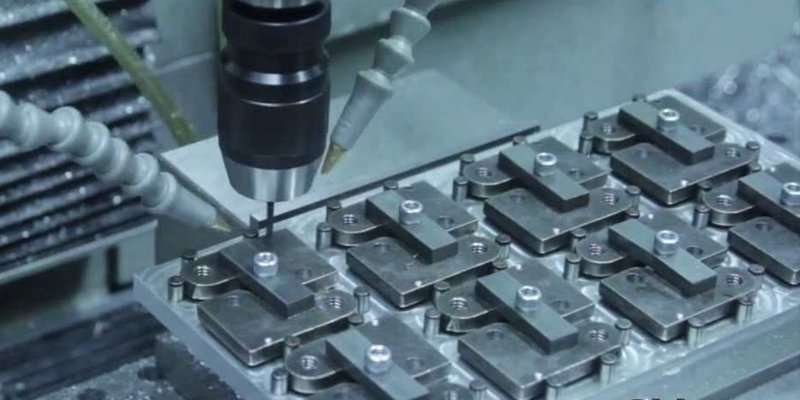Introduction:
Mold factories rely heavily on CNC machining centers for processing key mold components like cores and inserts as well as copper pins. The quality of cores and inserts directly determines the quality of formed parts in a mold, while copper processing directly limits EDM processing effects. Preparation prior to CNC machining is key to guaranteeing its quality; in addition to having deep experience and knowledge of mold production teams and colleagues working for them is also of utmost importance in order to guarantee its success.
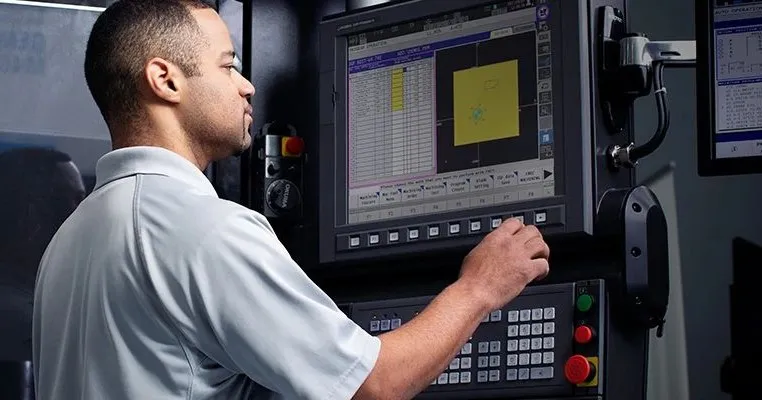
01. CNC machining process
1) Reading drawings and program sheets
2) Transfer the corresponding program to the machine tool
3) Check program header, cutting parameters, etc
4) Determination of machining dimensions and allowances on workpieces
5) Reasonable clamping of workpieces
6) Accurate alignment of workpieces
7) Accurate establishment of workpiece coordinates
8) The selection of reasonable cutting tools and cutting parameters
9) Reasonable clamping of cutting tools
10) Safe trial cutting method
11) Observation of machining process
12) Adjustment of cutting parameters
13) Problems during the processing and timely feedback from corresponding personnel
14) Inspection of workpiece quality after processing

02. Precautions before processing
1) For new molds, the machining drawings must meet the requirements and the data must be clear; The machining drawing of the new mold must have the signature of the supervisor, and all columns of the machining drawing have been filled in.
2) The workpiece has a qualified identification from the quality department.
3) After receiving the program order, check whether the workpiece reference position is consistent with the drawing reference position.
4) Clearly review each requirement on the program sheet, confirm if the requirements on the program and drawings are consistent. If there are any issues, they must be resolved together with the programmer and production team.
5) Based on the material and size of the workpiece, determine the rationality of the programmer’s selection of cutting tools for rough or light cutting programs. If it is found that the tool application is unreasonable, immediately notify the programmer to make corresponding changes in order to improve machining efficiency and workpiece machining accuracy.
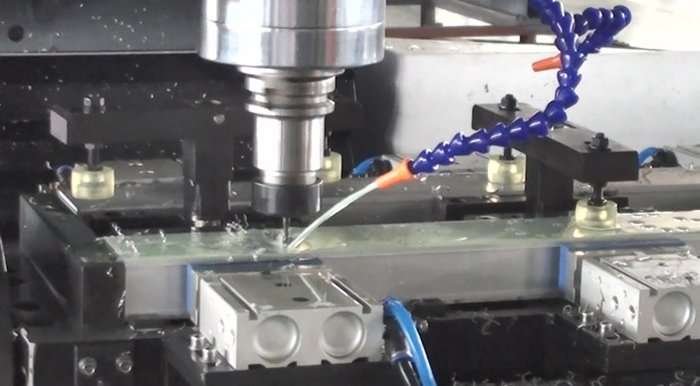
(1) Precautions for clamping workpieces
1) When clamping the workpiece, attention should be paid to the position of the clamp and the appropriate extension length of the nut and bolt on the pressure plate. In addition, when locking the corner, the screw should not be pushed to the bottom.
2) Copper is generally processed by locking plates. Before starting the machine, the number of cuts on the program sheet should be checked to ensure consistency, and the screws for closing the plates should be checked for tightness.
3) For situations where multiple pieces of copper material are collected on one board, it is necessary to check whether the direction is correct and whether each copper material interferes during processing.
4) According to the shape of the program diagram and the data of the workpiece size, it is necessary to note that the writing method of the workpiece size data is XxYxZ. At the same time, if there is a loose part diagram, it is necessary to check whether the graphics on the program diagram match the graphics on the loose part diagram, pay attention to which direction is facing out, and the swing of the X and Y axes.
5) When clamping the workpiece, it is necessary to check whether the size of the workpiece meets the size requirements of the program sheet. If there is a loose part drawing, it is necessary to check whether the size of the program sheet is the same as that of the loose part drawing.
6) Before putting the workpiece on the machine, the workbench and the bottom of the workpiece should be cleaned. The machine tool table and workpiece surface should be pushed off with an oilstone to remove burrs and damaged areas.
7) When coding, ensure that the code is not damaged by a knife and communicate with the programmer if necessary. At the same time, if the bottom is square, the code must be aligned with the position of the square to achieve force balance.
8) When using pliers for clamping, it is necessary to understand the machining depth of the tool to prevent the clamped position from being too long or too short.
9) The screw must be inserted into the T-shaped block and not only use a portion of the thread. When connecting screws, the upper and lower screws must each use half of the joint thread. The thread of the nut on the pressure plate must be fully used, and only a few threads must be inserted.
10) When determining the depth of Z, it is necessary to carefully check the position of the program’s single stroke number and the data of the highest point of Z. After inputting the data into the machine tool, it must be checked again.
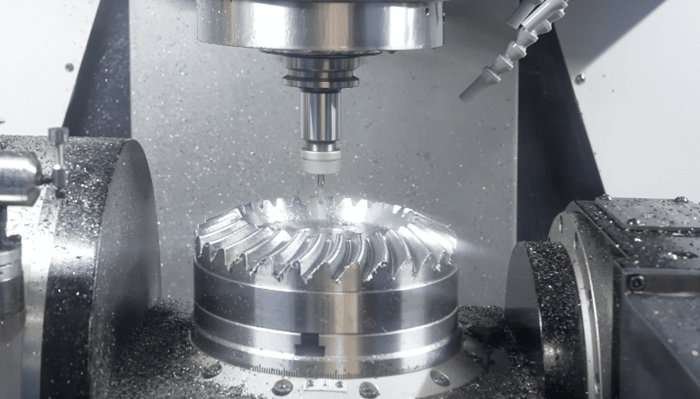
(2) Precautions for clamping cutting tools
1) The tool should be securely clamped and not too short in the handle.
2) Before each cutting process, the tool should be checked to ensure it meets the requirements. The length of the cutting process should be determined based on the machining depth indicated on the program sheet. Generally, it should be slightly longer than the machining depth value by 2mm and the tool holder should be considered for collision.
3) When encountering situations where the machining depth is very deep, you can communicate with the programmer and choose to use the method of twice drilling the tool, that is, first drilling half to 2/3 of the length, and then drilling longer when the machining reaches a deeper position, which can improve machining efficiency.
4) When using an extended cable nipple, it is particularly important to understand data such as the depth of the blade and the required length of the blade.
5) Before installing the cutting head on the machine, its taper fitting position should be wiped clean with a cleaning cloth, and the corresponding position of the machine tool sleeve should also be cleaned to avoid iron filings on the fitting surface affecting accuracy and damaging the machine tool.
6) Usually, the tool length is adjusted using the tip to tip method (in special cases, the tool is adjusted in the middle of the tool), and the instructions on the program sheet should be carefully checked during tool adjustment.
7) When the program is interrupted or needs to be re aligned, attention should be paid to whether the depth can be aligned with the front. Generally, the line can be raised by 0.1mm first, and then adjusted according to the situation.
8) For rotary retractable cutting heads, if water-soluble cutting fluid is used, they should be immersed in lubricating oil for several hours every half month for maintenance, which can lubricate the internal components of the cutting head and prevent wear.
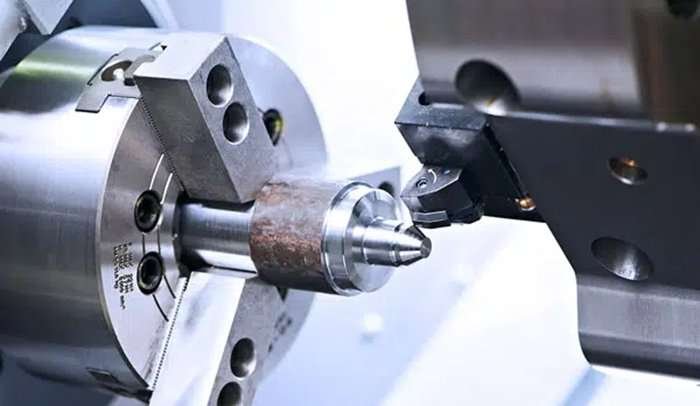
(3) Precautions for correcting and aligning workpieces
1) When dragging the workpiece, it is necessary to pay attention to the verticality, flatten one side, and then drag the vertical edge.
2) When dividing the workpiece, it must be verified twice.
3) After dividing the numbers, the center should be checked based on the external dimensions provided in the program sheet and the dimensions on the spare parts diagram.
4) All workpieces must be centered using the centering method, and the zero position on the edge of the workpiece must also be centered using the centering method before moving to the edge, ensuring that the margin on both sides is consistent. If unilateral data retrieval is necessary in special circumstances, confirmation from the production team must be obtained again before it can be approved. After completing unilateral counting, remember the radius of the rod in the compensation loop.
5) The zero input of the workpiece center must be the same as the three-axis center in the workstation computer diagram.
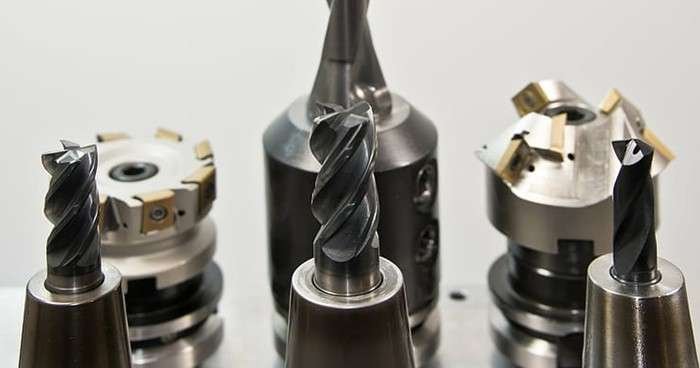
03. Precautions for processing
1) When there is too much margin on the top surface of the workpiece and the margin is manually removed with a large knife, remember not to use a deep gong.
2) The most important aspect of machining is the first tool, as careful operation and verification can determine whether there are errors in tool length compensation, tool diameter compensation, program, speed, etc., to avoid damaging the workpiece, tool, and machine tool.
3) Try cutting the program in the following way:
a) The first point is to raise the height by a maximum of 100mm, and check with your eyes if it is correct;
b) Control the “fast movement” to 25% and the feed to 0%;
c) When the tool approaches the machining surface (about 10mm), pause the machine;
d) Check if the remaining itinerary and program are correct;
e) After restarting, place one hand on the pause button, ready to stop at any time, and control the feed rate with the other hand;
f) When the tool is very close to the workpiece surface, it can be stopped again, and the remaining travel of the Z-axis must be checked.
g) After the cutting process is smooth and stable, adjust all controls back to normal state.

4) After entering the program name, use a pen to copy back the program name on the screen, and then check it with the program sheet. When opening the program, pay attention to checking whether the tool diameter size in the program matches the program sheet, and immediately fill in the file name and tool diameter size in the signature column of the processor on the program sheet. It is prohibited to fill it in afterwards or before.
5) In principle, NC technicians are not allowed to leave when the workpiece is roughened. In case of changing tools or assisting in adjusting other machine tools, it is necessary to leave. Other NC team members or regular inspections must be invited.
6) When working with Zhongguang, NC technicians should pay special attention to areas where the rough cutting is not made to prevent the tool from colliding with this area.
7) Program cutting. If the program is interrupted during processing and running from scratch wastes too much time, the team leader and programmer should be notified to modify the program and cut off the parts that have already been run.
8) Program exception. If there is an abnormal situation in the program and you are unsure, you can lift it up to observe its process, and then decide on the next action.
9) The line speed and speed provided by the programmer during the machining process can be adjusted by the NC technician according to the situation. However, special attention should be paid to the speed of small copper pieces when exposed to rough conditions, to avoid loosening of the workpiece due to oscillation.
10) During the machining process of the workpiece, the NC technician should check with the loose part diagram to see if there are any abnormal conditions. Once a discrepancy is found between the two, the machine must be immediately shut down and the team leader notified to verify if there are any errors.
11) When using tools longer than 200mm for machining, attention must be paid to issues such as allowance, feed depth, speed, and running speed to avoid tool oscillation. At the same time, the running speed of the corner position should be controlled.
12) For the requirements on the program sheet to test the diameter of the cutting tool, the operator must take responsibility seriously and record the tested diameter. If it exceeds the tolerance range, it should be immediately reported to the team leader or replaced with a new tool.
13) When the machine tool is in automatic operation or has free time, the operator should go to the workstation to understand the remaining machining programming situation, prepare and grind appropriate tools for the next machining backup, to avoid shutdown.
14) Process errors are the main reasons for wasting time: incorrect use of inappropriate cutting tools, scheduling errors in processing, wasting time in positions that do not require processing or are not processed by computers, improper use of processing conditions (such as slow speed, empty cutting, dense tool path, slow feed, etc.). When these events occur, they can be contacted through programming or other means.
15) During the machining process, attention must be paid to the wear of the cutting tools, and the cutting particles or tools should be replaced appropriately. After replacing the cutting particles, attention should be paid to whether the machining boundary matches.
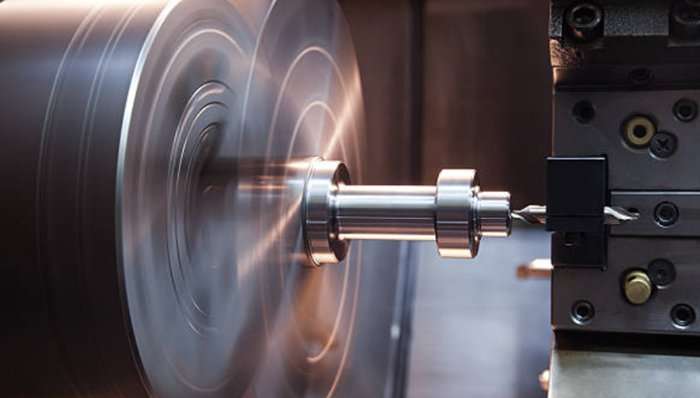
04. Precautions after processing
1) Confirm that each program and instruction required by the program sheet has been completed.
2) After processing, it is necessary to check whether the shape of the workpiece meets the requirements, and conduct a self inspection of the workpiece size according to the loose part diagram or process diagram, in order to promptly detect errors.
3) Check for any abnormalities in the various positions of the workpiece. If there are any questions, notify the NC team leader.
4) Notify the team leader, programmer, and production team leader when removing larger workpieces from the machine.
5) Pay attention to safety when removing workpieces from the machine, especially when removing larger workpieces, and ensure the protection of both the workpiece and the NC machine.
(1) Differentiation of processing accuracy requirements
Smooth surface quality:
1) Mold core and inlay block
2) Copper Duke
3) Avoid empty spaces at the top pin plate support hole and other locations
4) Eliminating the phenomenon of shaking knife lines
Precision size:
1) Measurable dimensions must be strictly self checked after processing
2) When processing for a long time, it is necessary to consider the loss of cutting tools, especially at the sealing position and other cutting edges
3) Jingguang should use new hard alloy cutting tools as much as possible
4) Determine the energy-saving modulus after polishing based on processing requirements
5) Confirmation of production and quality after processing
6) Control tool loss during sealing position processing based on processing requirements
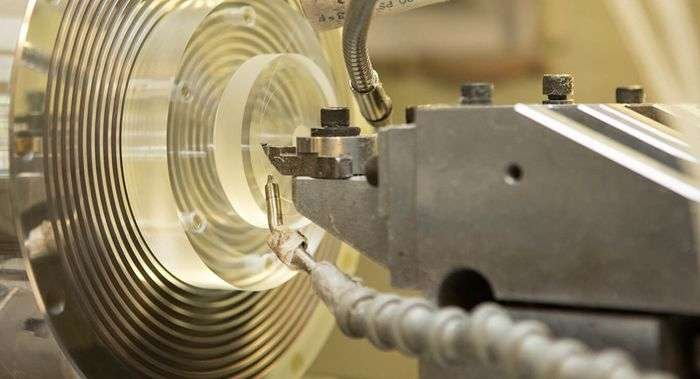
(2) Handover of shift
1) Confirm the homework situation for each shift, including processing conditions, mold conditions, etc.
2) Confirm if the equipment is working properly during work hours.
3) Other handover and confirmation, including drawings, program sheets, tools, measuring tools, fixtures, etc.
(3) Workplace organization
1) Execute according to 5S requirements.
2) Cutting tools, measuring tools, fixtures, workpieces, tools, etc. are classified and arranged neatly.
3) Cleaning of machine tools.
4) Cleaning of the workplace floor.
5) Returning processed tools, idle tools, and measuring tools to the warehouse.
6) Processed workpieces are sent for inspection or the corresponding department.

